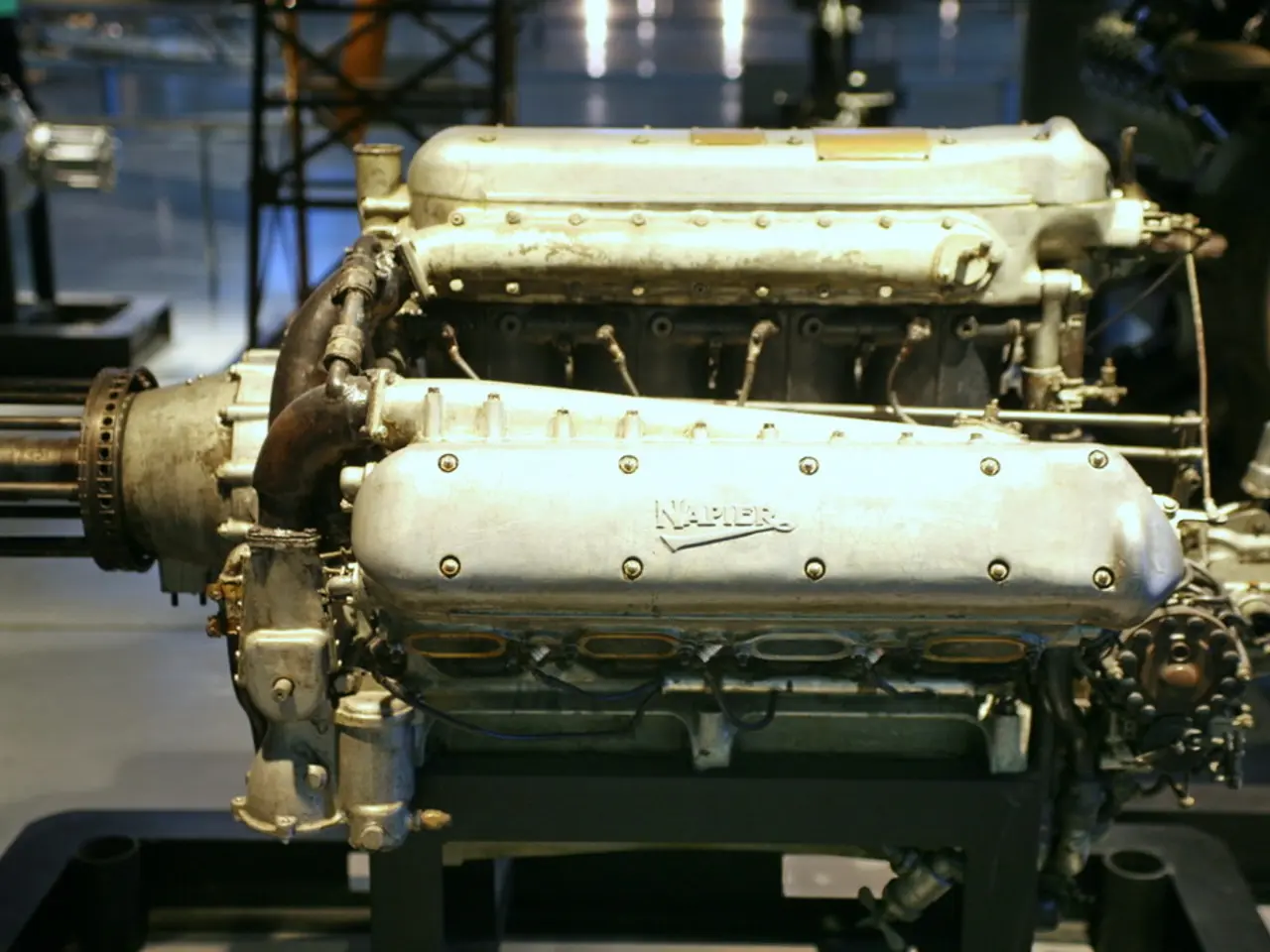Solar Energy Setup and Battery Storage: A Complementary Combination
In an era of increasing environmental consciousness and rising electricity costs, many homeowners are turning to solar power as a sustainable and cost-effective solution. The installation of photovoltaic (PV) systems is on the rise, providing an easy way to generate solar power, boost self-sufficiency, and contribute to the environment, climate, and sustainability. However, to maximise the benefits of solar power, investing in a power storage system can be worthwhile, especially for those who consume a lot of electricity.
**The Importance of a Suitable Roof for PV Systems**
Before delving into the advantages of power storage systems, it's essential to consider the suitability of the roof for installing PV systems. The key factors include the roof size and space availability, orientation and sunlight exposure, structural stability and roof condition, and roof access and underlying structure.
A typical solar panel requires about 17.5 square feet of roof space, and generally, every square foot of roof space can produce approximately 15 watts of solar energy. For example, a small home might need around 200 square feet of roof space, while larger homes may require over 1,000 square feet to offset their electricity usage effectively. The usable roof area is typically about 75% of the total roof space due to setbacks and installation requirements.
The roof should be oriented to maximise sunlight exposure. South-facing roofs in the northern hemisphere or roofs with minimal shading from trees or nearby buildings allow for better energy generation efficiency. The roof must also be structurally able to support the weight of solar panels, which average about 40 pounds per panel. The roof's material, age, and pitch (angle) also affect suitability. A structurally unstable or very old roof may not be recommended, and a professional inspection is advised before installation.
**The Benefits of Power Storage Systems**
If a PV system is installed, a power storage system can help store surplus electricity generated during peak sunlight hours for later use. This allows homeowners to use more of the electricity they generate, increasing self-consumption and economic benefits.
Energy storage systems provide several advantages. They enable homeowners to store excess energy produced during peak sunlight hours for use when sunlight isn't available (e.g., nighttime or cloudy days), enhancing energy independence and reducing reliance on the grid. They also maximise solar energy usage, as without storage, excess energy is often sent back to the grid if not used immediately, potentially at lower financial return rates.
Power storage systems also provide a backup power supply during grid outages, ensuring essential electrical loads stay powered and increasing resilience. Furthermore, combining solar with storage can improve cost savings by reducing demand charges and may qualify for additional government incentives or rebates in some regions.
Consulting with an expert is recommended when choosing a power storage system to ensure it is adapted to the personal situation of the homeowner and the PV system. Both the PV system and the power storage system should be coordinated, especially when future power demand is expected to significantly increase due to factors like the acquisition of an electric car or a planned heat pump.
In summary, a roof suitable for PV installation must have adequate size, optimal orientation, structural strength, and accessible underlying space. Investing in a power storage system enhances the benefits of PV energy by increasing solar self-consumption, providing backup power, and improving financial returns. This combination creates a more resilient, efficient, and cost-effective energy solution for homeowners.
Funding for PV systems and power storage systems may be available from various sources, including municipalities and government-backed institutions like the KfW (Kreditanstalt für Wiederaufbau), which offers favourable loan options for PV systems. If funding is scarce, homeowners can consider obtaining a loan from a bank. The availability of subsidies may depend on the homeowner's place of residence, and it is essential to apply for funding before purchasing a PV system and a power storage system.
As the demand for solar power and energy storage grows, homeowners can look forward to a future of increased energy independence, financial savings, and a reduced carbon footprint.
- The investment in a power storage system, such as for environmental-science applications, can be beneficial for homeowners with a PV system who consume a lot of electricity, as it enables storing excess energy produced during peak sunlight hours for later use, increasing self-consumption and economic benefits.
- Solar technology and finance sectors might find merit in understanding the benefits of combining PV systems with power storage systems, as the integration can lead to improved cost savings, increased energy independence, and a reduced carbon footprint due to maximized solar energy usage and critical power supply during grid outages.




